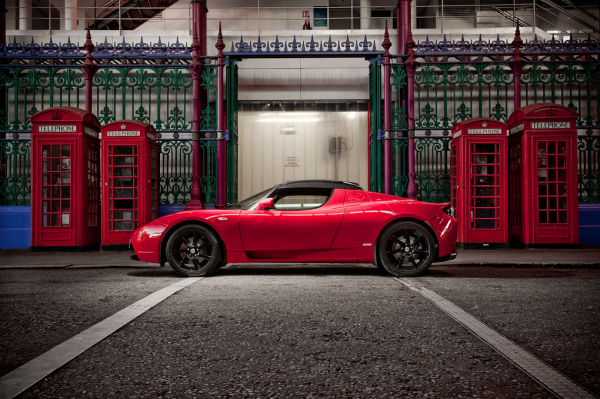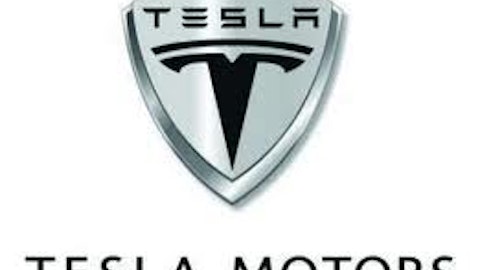When one considers their design, electric cars should be much cheaper. The motor is simpler, there are only a few moving parts, and the battery… well, this is where the electric car has always been limited.

A look back
Many people don’t realize that the electric car didn’t only gain acceptance after gas prices spiked. During the early 1900s, electric cars were very competitive with gas cars in sales, and were particularly favored for their silence in operating, lack of pollution, and increased safety.
In contrast, gasoline cars were noisy, put out plumes of smoke, and required a dangerous manual pull to start. There was also little infrastructure for gas cars. The corner gas station was not the ubiquitous business it is today, and many people found it easier to plug in an electric car than search for a gas pump.
However, advancements in gas-powered cars eliminated the dangerous starting procedure, removing a major selling point of electrics. Additionally, Henry Ford’s Ford Motor Company (NYSE:F) began to build the car for the average Joe, and it was gas-powered.
A wave of Model Ts swarming American roads increased demand for things like, well, American roads. As roads were built, the car became a symbol of freedom. It represented the ability to get out of the city and travel into the country, something the range of early electric cars could not offer. With the automakers that would become the Big Three promoting gas-fueled transportation, the electric car receded from the mainstream, only to resurface during times of high fuel prices or new environmental legislation.
Who killed the electric car? (early 1900s edition)
A post-electric autopsy on this situation reveals that electric cars were largely let down by their batteries. Had electric cars of the early 1900s had the range of a Tesla Motors Inc (NASDAQ:TSLA) Model S, that 265 miles of travel would have easily sufficed for almost anyone’s country jaunt at the time.
Ultimately, the Big Three would produce what they saw as most profitable. Even with the Model T running on gasoline, rival automakers would likely have seen potential in an electric car with a 265-mile range. Consequently, electric cars would have been produced, and the splitting of sales between electrics and gas cars could have continued.
Battery challenges continue
When most people think “electric car” today, they think something like the Chevrolet Volt, produced by General Motors Company (NYSE: GM) or the Nissan Leaf. While it is worth noting that the Volt is not a pure electric vehicle — it’s actually a plug-in electric hybrid with an approximately 40-mile all electric range — the size of the battery in the Volt serves to demonstrate the first obstacle in bringing an EV to market in the sub-$30,000 range.
In electric cars, a battery with a decent range is among the most expensive components. For example, a Tesla Motors Inc (NASDAQ:TSLA) Model S 85 kWh (starting at $72,400 after federal tax rebate) holds one of the most expensive batteries in any electric car. Tesla Motors Inc (NASDAQ:TSLA) offers the option to pre-order a new battery for replacement after eight years for $12,000. However, this price is likely below what the battery costs, and is done as a way for Tesla Motors Inc (NASDAQ:TSLA) to give buyers peace of mind and raise capital for ongoing operations. Analyst estimates for Tesla Motors Inc (NASDAQ:TSLA)’s 85 kWh battery run as high as $30,000, or more than a third of the car’s cost.
This is the main reason why cars like the Volt have a smaller 16 kWh battery that only provides about 40 miles of range. If you put Tesla’s 85 kWh battery into a $30,000 car, you might not even have money left over for wheels.
Looking at this from an investment standpoint, the goals of General Motors Company (NYSE: GM), Ford Motor Company (NYSE:F), and Tesla are very different in the automotive space. GM and Ford are both established players that trade for modest P/E ratios, and which are beta-testing a new technology. With the billions in research dollars at their disposal, a loss on each Chevy Volt or Ford Focus Electric won’t really harm their bottom line.

